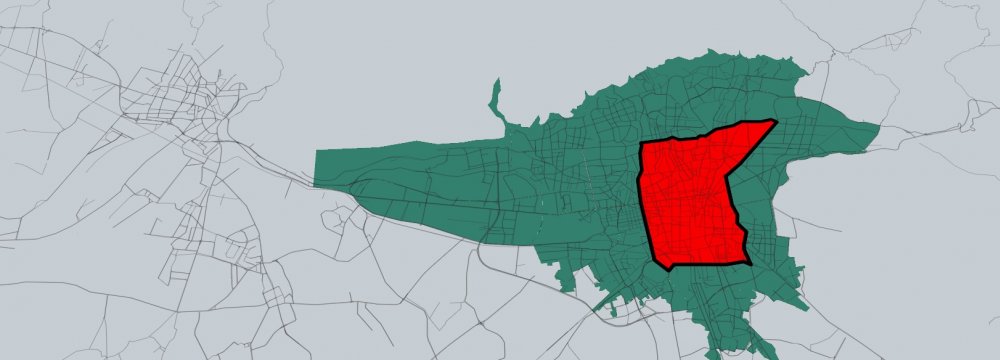February 15, 2019

Tehran’s Transportation Council has decided to abolish the decade-old practice of allowing only half the city’s cars to enter the downtown zone each day.
Created in 2005, the zone is open to cars with odd-numbered plates on odd-numbered days and even-numbered plates on even-numbered days.
The purpose has been to reduce air pollution.
But the odd/even plan has failed to cut pollution. The Transportation Council didn’t explain exactly why the plan failed, but did say that many people switched from cars to motorcycles to get around the restrictions. Motorcycles were not covered originally by the odd/even plates rule. And one motorcycle spews out about eight times the pollutants of a single car, the council said. But a few years ago, motorcycles were added to the odd/even plate rule.
Many families have two cars, one with odd-numbered plates and one with even-numbered plates, so the breadwinner can just switch cars each day to drive to work.
The Transportation Council is not abolishing the downtown zone. But its new proposal will allow every vehicle to enter the zone for free 20 days every quarter, or about one-fourth of the 78 days allowed under the current odd/even system. However, any car may be driven into the zone on additional days, but there will a charge, which the Council proposes be 180,000 rials ($1.50) per day.
The zone will remain the same. It is bound by Imam Ali Expressway on the east, Navvab Expressway and the Chamran Highway on the west, Besat Expressway on the south, and Hemmat Expressway in the north.
The new plan must be approved by the Tehran City Council and, if approved, will go into effect after Now Ruz.
No one explained why it has taken almost 14 years to discover that the odd/even plan wasn’t working.























